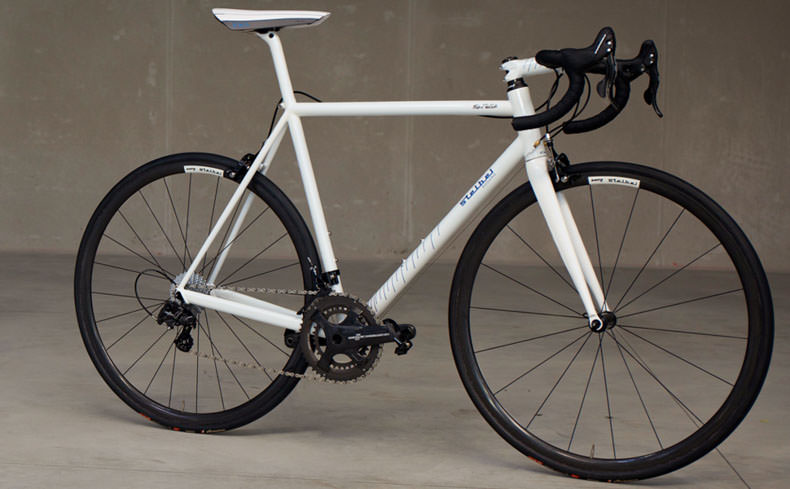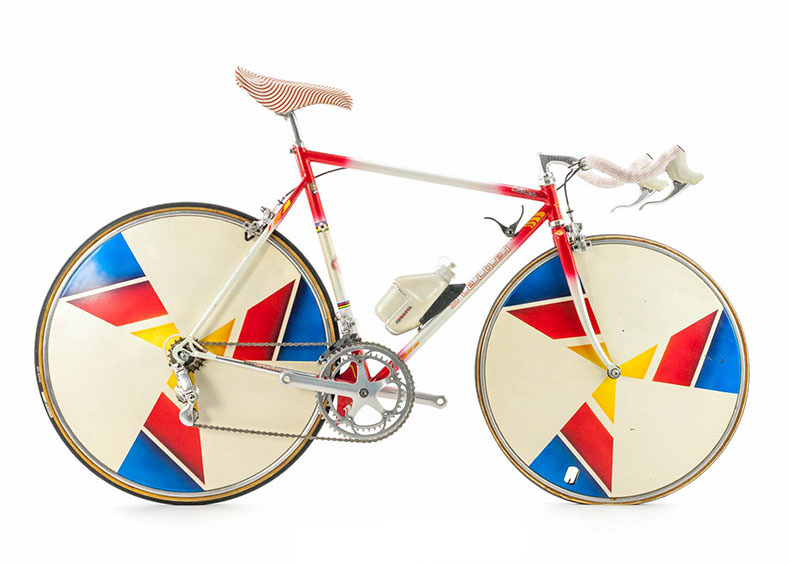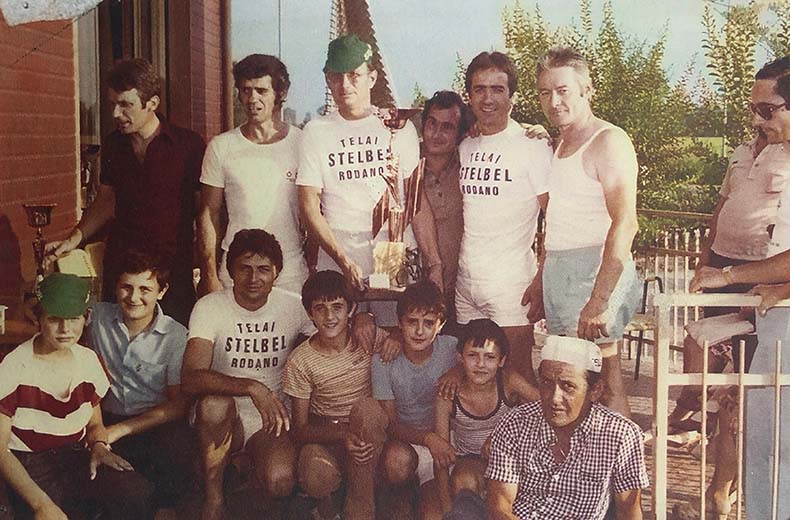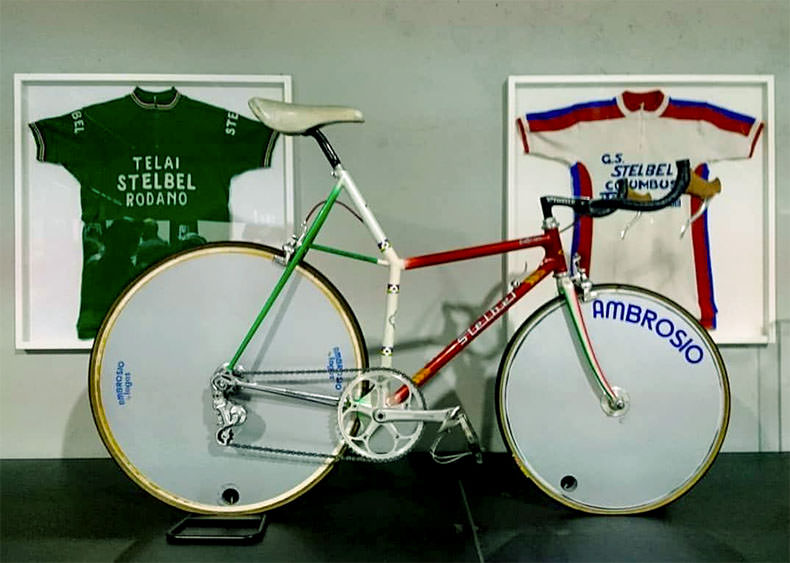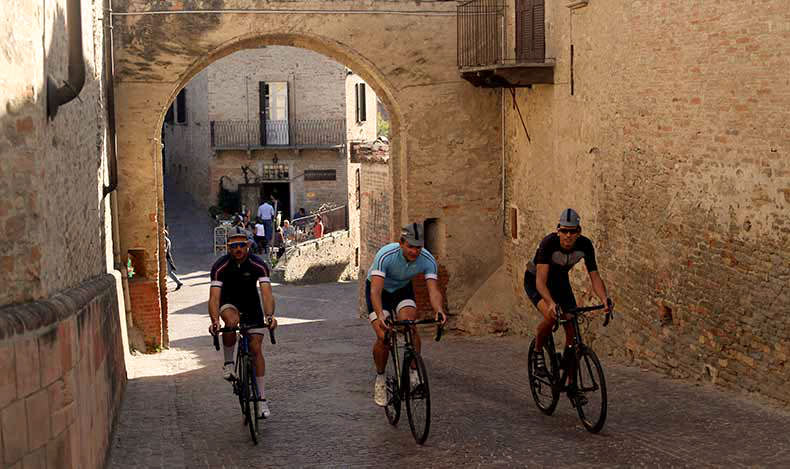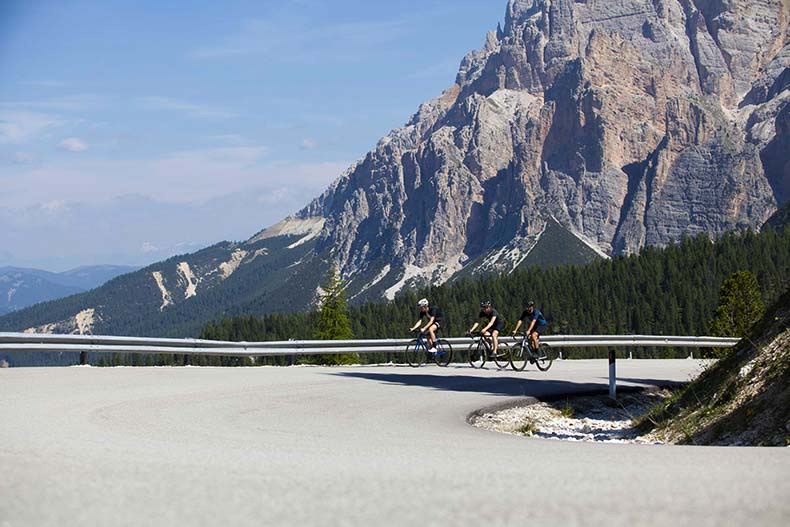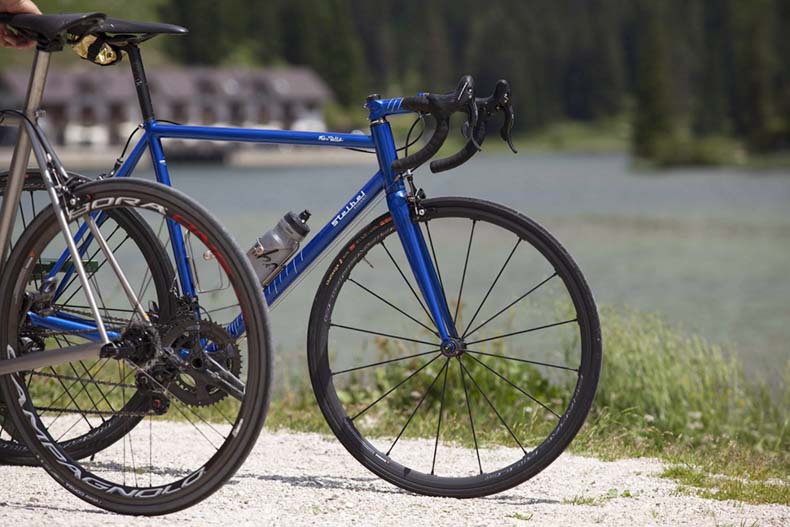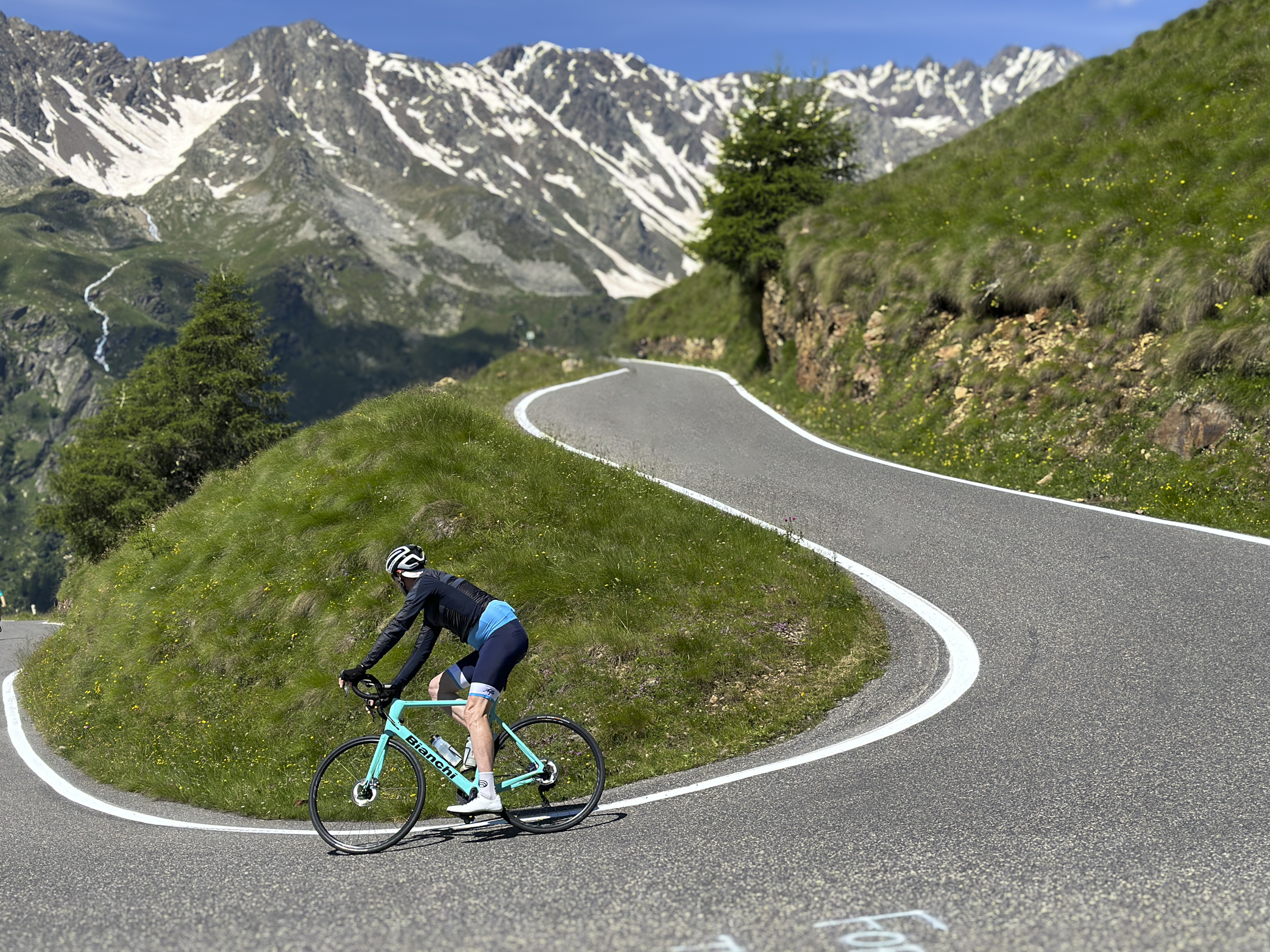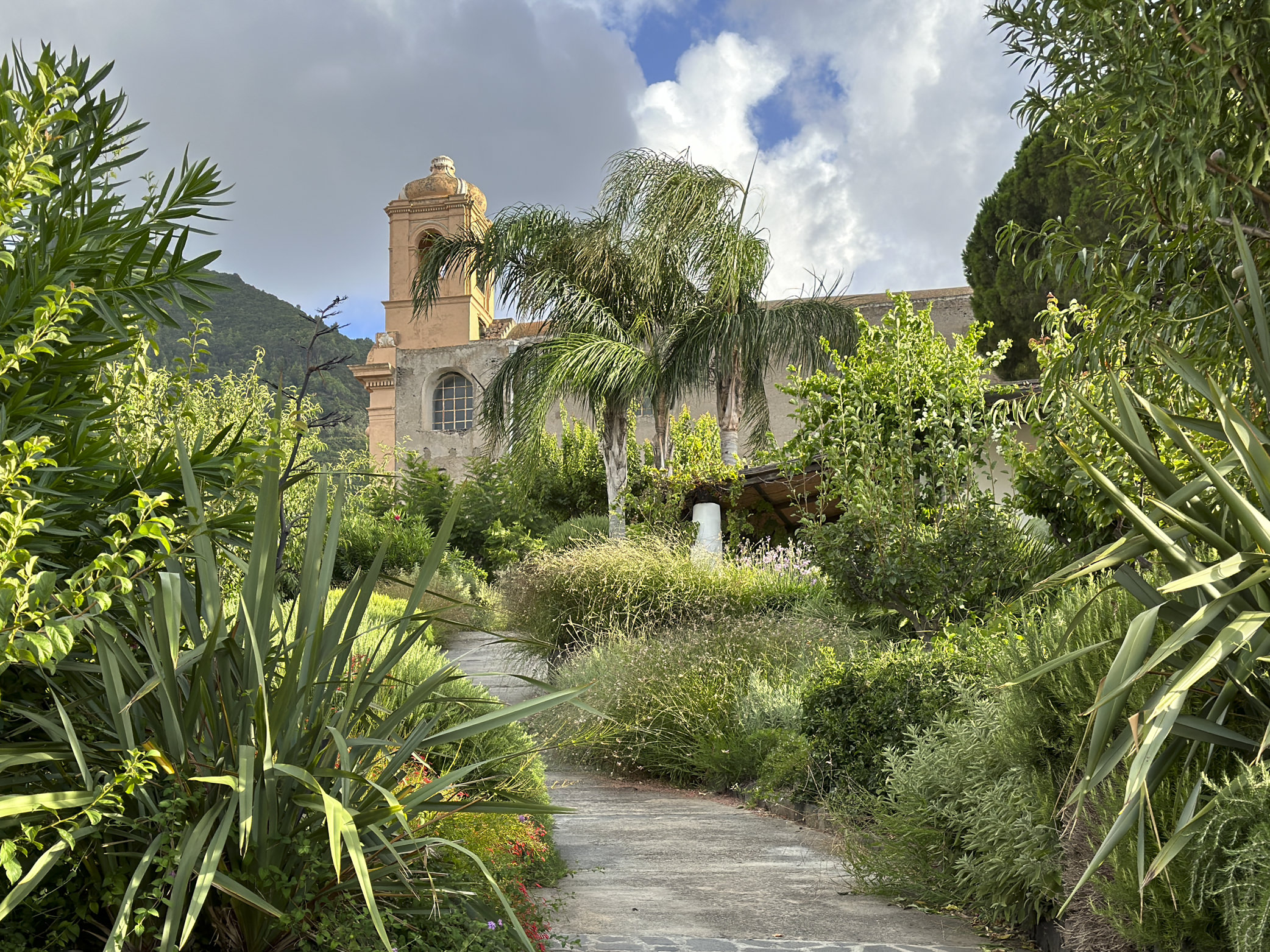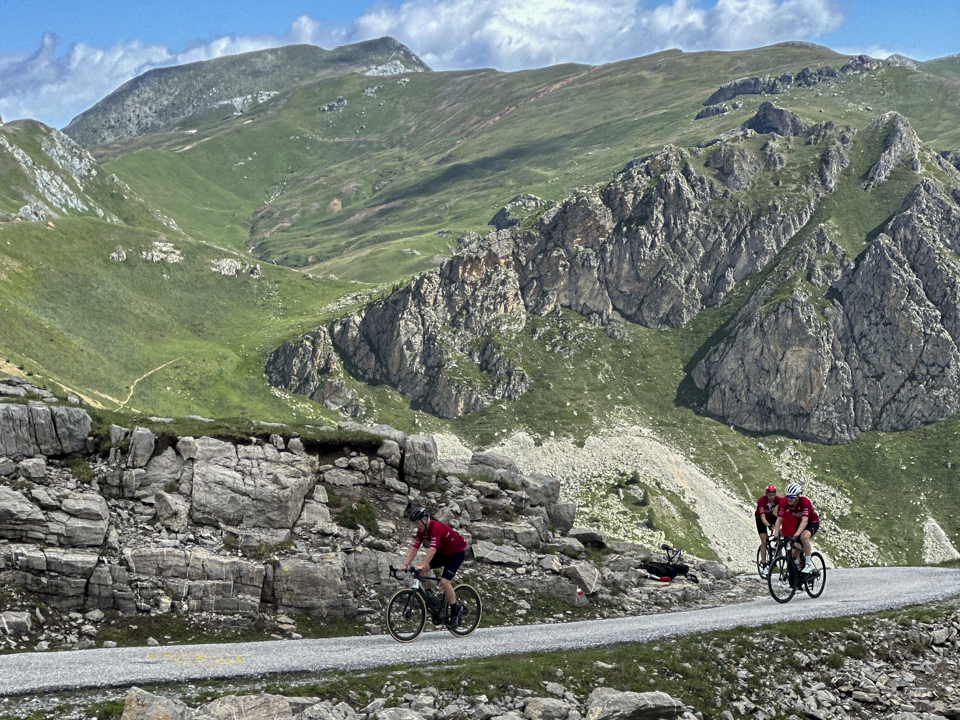I have a few favourite Italian bike brands, both vintage and modern. I love the stories and history of how some of the old frame builders and brands started, and I also really like the approach of the modern artisans who are specialists in hand-built detail and quality.
There is one brand that has a foot in both camps, Stelbel. This is a brand that was founded in 1973 in Bergamo, Italy on the principles of innovation, and lives on today with the same principles and values.
Innovation is in Stelbel’s DNA
Stelio Belletti and his father, Antenore were experts in chassis construction and TIG welding, having serviced the civil and military aeronautics sectors from their family workshop in the early 70’s.
TIG welding was a technique that no one had applied to a bicycle frame, but one which Stelio had long mastered. So after purchasing a new bike that he was unhappy with, he picked up the welding torch and started creating a bike frame.What followed was a 2 year project which Stelio dedicated himself to in the little free time he had, and in which time the Belletti frame became the Stelbel frame – born in 1973.
The prototype of the Stelbel racing frame was called ‘Integrale’; a name that emphasised the absence of the pre made lugs and reflected the creation of a frame that seemed like a single structure, where everything was integrated.
Innovation was in Stelio’s DNA. To do something new and different was paramount and he built a reputation for using unconventional pipes, oversized tubes and non-circular pipe shapes, also for special projects such as the Punta dell’Est model.
A personal circumstance caused the doors to close for Stelio in the mid 90’s and it wasn’t until Andrea & Alessandro, two young guys from Bergamo with an associated cycling business and vision, collaborated with the then 82 year old Stelio to reopen the doors in 2015.
The modern Stelbel – old meets new
Today, Stelbel is still producing bicycle frames in a traditional way; innovating, experimenting and going against the current trends, which is also what Stelio did in the past with the Stelbel brand. Steel is the material of the Stelbel tradition and still of choice now, with undeniable advantages in the construction of an artisanal custom frame.
TIG welding also remains the common thread in the Stelbel production; techniques, tricks and aesthetics of the past have been maintained and are combined with cutting-edge technologies, machinery and accessories for their construction, as well as a belief in building only one frame at a time.
A’QTO meets Stelbel
We met Andrea and Alessandro a few years back now and have had an ongoing relationship including the opportunity to ride a number of different Stelbel models from their modern custom collection. Beautifully made with exquisite attention to detail on one hand and superb handling with all day riding comfort on the other. I am looking forward to picking up the new addition to the collection in April and enjoying the ride on our Italian cycling tours across the various regions and terrain this year.
Why The Rodano?
As you can imagine, I spend a “bit” of time researching and searching for bikes, both online and when we are in Italy.
After speaking to Andrea over a beer at L’Eroica about how I was intending to use the bike and the varying characteristics of each model, I chose the Rodano model. The brief was: “I’m after a bike for riding all day in comfort and that is good for climbing” …. the response I received was …”The Rodano for sure, it climbs well and descends even better’.
This was good enough for me.
While the Rodano wasn’t termed this when it was initially created, it is the Stelbel ‘endurance bike.’ They use the signature structure of the rear triangles developed by Stelio in the past to provide the climbing characteristics and to avoid power loss from the pedal to the wheel, and the remaining geometry is set to balance my weight, for better handling on descents. Sounds pretty good to me.
Another element of why I like the Rodano is that I can ride this new modern version based on the original, while still being able to search for its older brother. It will be a nice touch for the collection one day soon to have the original and then the modern Rodano, side by side.
But most of all I like the story of how the Stelbel brand started and also how it was dusted off and reborn, while adhering to the original brand ethics, principles and style. It’s a beautiful balance of old and new, which for me, is Italy through and through.
If you would like to find out more about Stelbel bikes or our Italian cycling tours, please contact us anytime.

